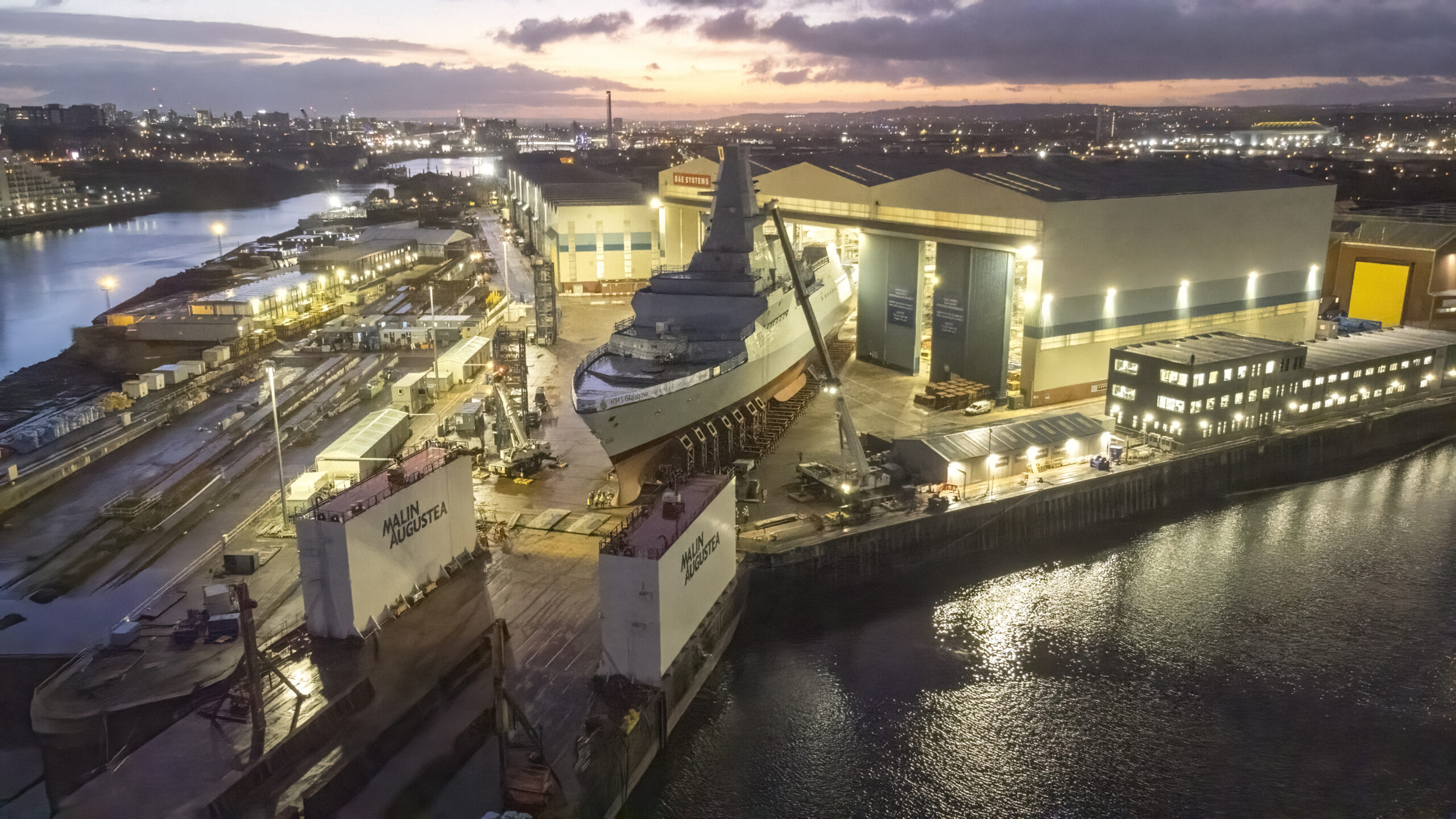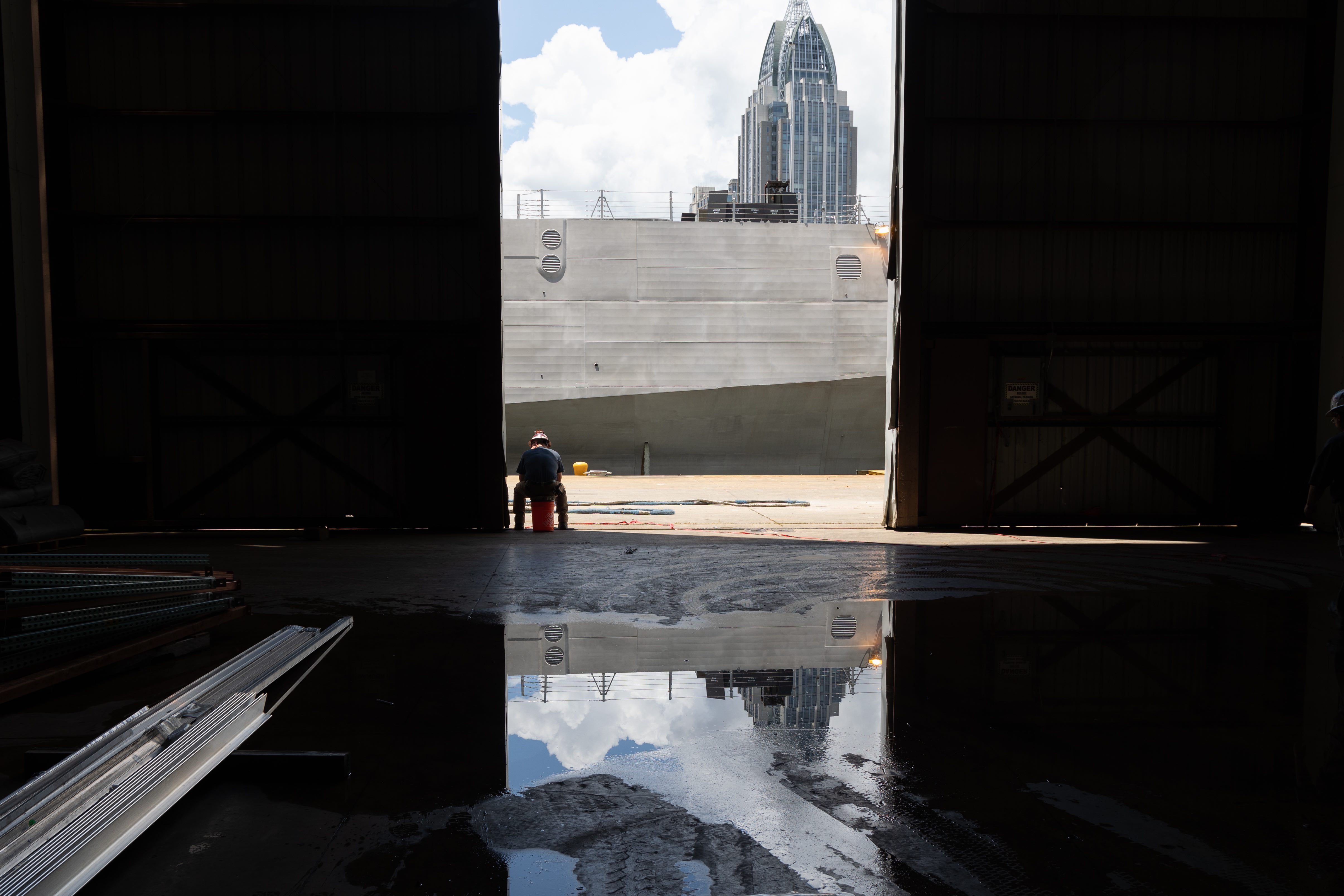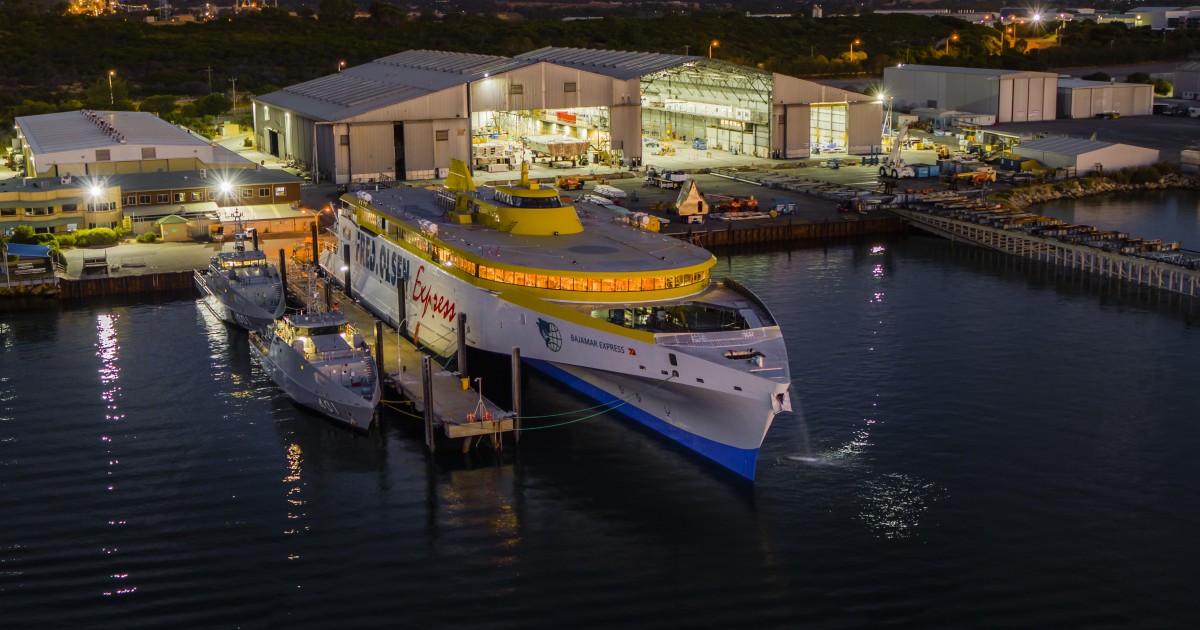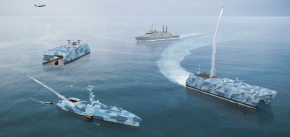We will need more than 12 surface combatants. We had more than 12 when times were more certain and risks were lower.
Despite the very much deteriorating global situation, worse than even projections had made, we are less capable and have older ships than expected. The Anzacs were supposed to be half way through getting replaced by now, our Collins replacement was meant to be in the water. It goes beyond the RAN, our F-35's can't fire our primary antishipping missile, m113's still make up most of the armys IVF capability. But those can be fixed or augmented.
The issue with the RAN is each unit is a huge investment in time and money and people, and takes years to build, there is no stock of warships we can just buy from like with any other unit type.
There needs to be more consistency in RAN acquisitions over longer periods of time.
If we wanted to build a lot of small ships we certainly could though.
Civmec Henderson has 187m hall so should still be able to fit 2 x OPV90 in each bay.
Austal also has 4 x nearly 100m bays in Henderson. I would imagine we would be more limited in our ability to fit a ship out than build halls to build them in. But they are configured for aluminium and have only a 2000t slipway.
Austal Australia’s Henderson shipbuilding and service facilities comprise: Land Area 78,344m² Office Area 2,055m² Building Halls Bay 3 93.0m long x 21.0m wide x 14.9m high Bay 4 95.0m long x 30.0m wide x 21.8m high Bay 5 99.0m long x 35.0m wide x 21.8m high Bay 6 99.0m long x 23.0m wide x 14.9m...

australia.austal.com
Moving above 90m would make building capacity more limited and slower. This might be a reason why AUSGOV may choose a OPV90 over say a small 110m frigate etc. If more hulls faster is critical for them. While air is free and steel is cheap, build halls are limited. If you go larger than 90m then you might as well go big and build 140-170m ships. From a build hall point of view.
The A140 would be an interesting design. But no one really has it speced out just like Australia would want. Im not sure Babcock and BAE will be happy to work together, on a babcock design. I don't know enough about their dynamic. Would they get along or not at all, are we looking at a Thales and Naval group type issue.
At the same time the Americans are building a shit ton of Constellation class. But again, who would be prime for such a build and who would build it and who is able to accelerate the contracting and supplier portion.
Cutting back hunters any less than 6 would be pretty bad from a SME point of view.






